Sealife guideThe emperor penguinAptenodytes forsteri
Last updated on 08/26/2024 at 05:46 PM
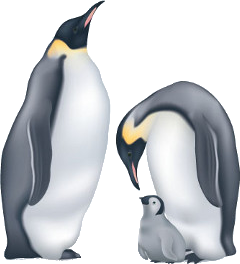
The emperor penguin (Aptenodytes forsteri)
Taxonomy
Description
The emperor penguin and the
king penguin have a similar appearance, with the main difference being that the emperor penguin is slightly taller and notably, twice as heavy at 88 pounds compared to the
king penguin. The emperor penguin stands about 3.3 feet tall
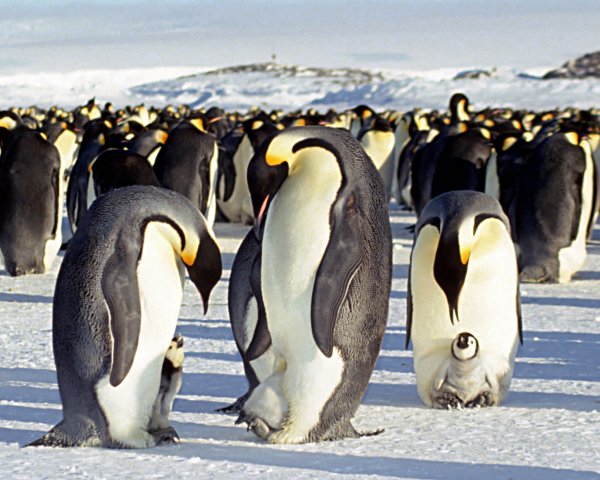
The emperor penguin is the largest penguin on the planet !
The emperor penguin has a lifespan of around 20 years !
Geographic range
The emperor penguin lives near the coasts of Australia on the ice floes and also near rocky shores.
Habitat
The emperor penguin lives on the ice floes.
Diet
The emperor penguin feeds on
crustaceans, particularly small shrimp called
krill, as well as squid and small fish. To dive underwater in search of food, the emperor penguin digs holes in the ice.
Reproduction
During the winter, the females lay an egg and hand it over to the males until it hatches. The males protect the egg from the cold using a patch of skin.
In the meantime, the females go off to feed. By the time the females return, the males have already lost half of their body weight.
It is then high time for the males, once the females have retrieved their chicks, to go off and feed. At around 8 months old, the young emperor penguins leave their parents.
Did you know ?
The emperor penguin can stay underwater for over 18 minutes without breathing.
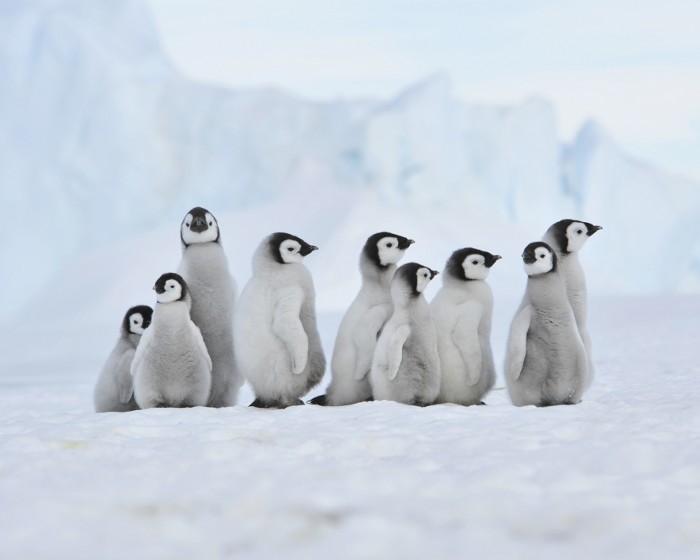
Small group of young emperor penguins in Antarctica
The emperor penguin is the largest penguin species in the world.
The emperor penguin is listed as many other marine species within The
IUCN Red List of threatened species. The emperor penguin appears in the
IUCN Red List since 2020 within the category Near Threatened !
Within the same genus
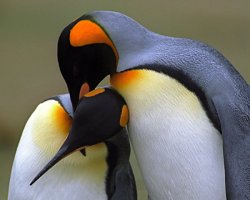
King penguin
(Aptenodytes patagonicus)
Within the same family
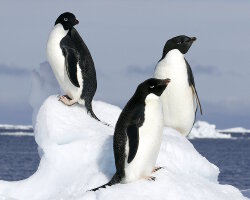
Adelie penguin
(Pygoscelis adeliae)
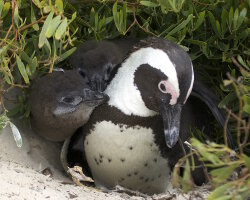
African penguin
(Spheniscus demersus)
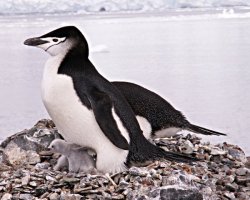
Chinstrap penguin
(Pygoscelis antarcticus)
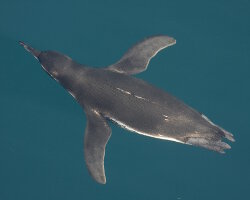
Galapagos penguin
(Spheniscus mendiculus)
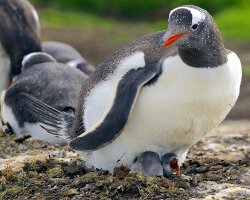
Gentoo penguin
(Pygoscelis papua)
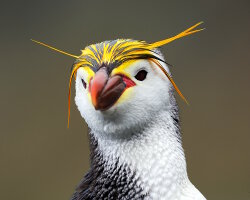
Royal Penguin
(Eudyptes schlegeli)
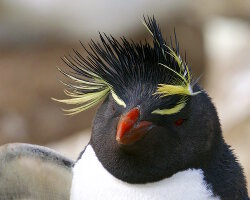
Southern rockhopper penguin
(Eudyptes chrysocome)
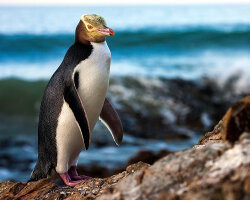
Yellow-eyed penguin
(Megadyptes antipodes)
Discover also
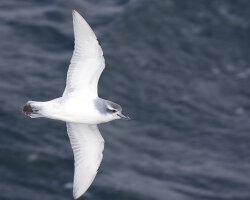
Antarctic prion
(Pachyptila desolata)
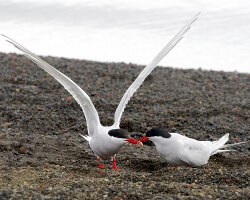
Antarctic tern
(Sterna vittata)
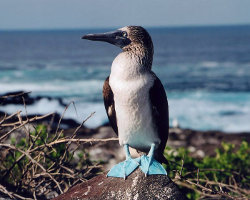
Blue-footed booby
(Sula nebouxii)
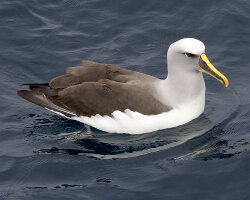
Buller's albatross
(Thalassarche bulleri)
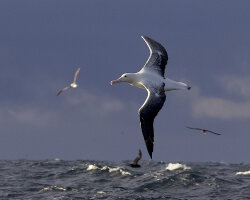
Northern Royal Albatross
(Diomedea sanfordi)
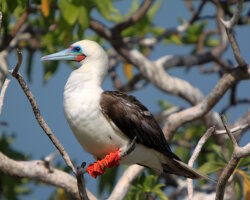
Red-footed booby
(Sula sula)
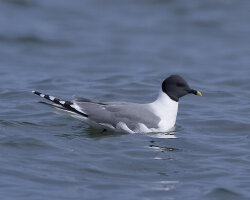
Sabine's gull
(Xema sabini)
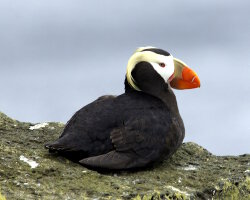
Tufted puffin
(Fratercula cirrhata)
The marine species from Antarctic ocean

Adelie penguin
(Pygoscelis adeliae)
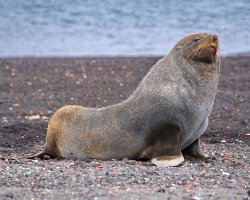
Antarctic fur seal
(Arctocephalus gazella)

Chinstrap penguin
(Pygoscelis antarcticus)

Gentoo penguin
(Pygoscelis papua)
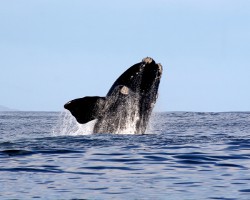
Southern right whale
(Eubalaena australis)


























